What you need to know about training fruit trees, from fans and spirals to arches, palmettes and beyond
Trained fruit trees are beautiful as well as bounteous. Mark Diacono explains what you need to know if you wish to get started.
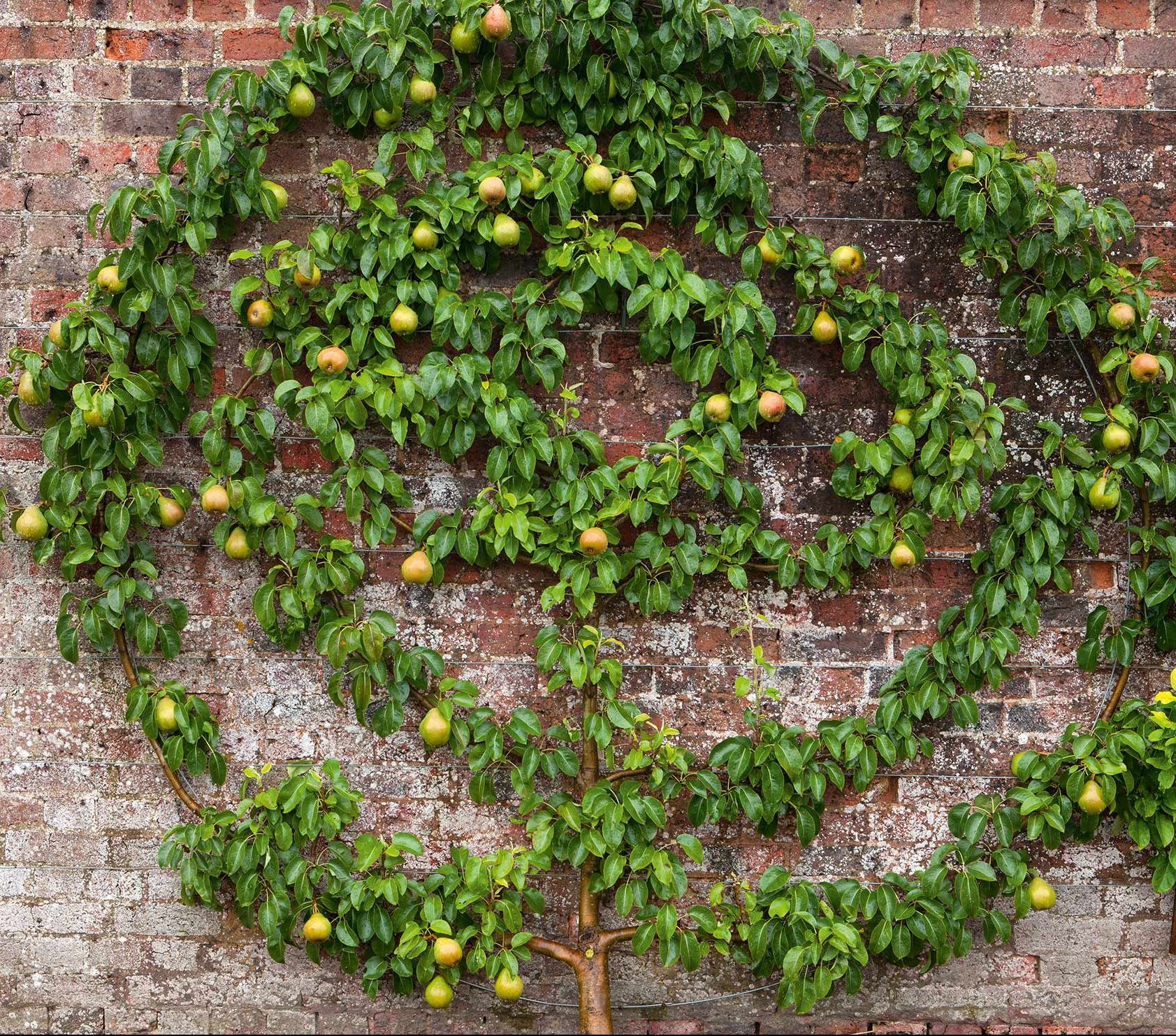

A couple of years ago, I moved from 17 acres to a regular-sized garden; unfortunately, I took my ambition for growing as much fruit as possible with me. Happily, I have the miracle of trained fruit to fall back on. I really don’t think ‘miracle’ is too strong a word: we have managed to constrain naturally huge trees into a size and in forms that even the smallest terrace or garden can accommodate.
Although trained fruit trees won’t yield anything like as heavily as free-standing trees, they can produce many dozens of fruit — a good harvest that’s not as overwhelming as a tree harvest can be — yet take up almost no precious garden space. They do so as well as bringing structure, winter interest and a touch of formality to a garden.
There are three common forms — espaliers, cordons and fans — each of which has its strengths. Espaliers have a central trunk from which horizontal branches grow to either side; there are usually two to four tiers, 1ft to 16in apart. Stepovers are a single-tiered espalier, forming a wide T-shape between 1ft and 16in above the ground. When I planted some a decade ago, my then six-year-old daughter called them ‘tripovers’, with good reason. Apples and pears take very well to espalier training. As you’d imagine, fans have branches that radiate from a low central point, like a peacock’s tail feathers. Stone fruit, such as peaches, apricots and plums, as well as some pears and figs, suit fan training.
Although pruning will keep their span smaller, fans and espaliers can reach 9ft wide, yet take up only a few inches of actual garden space, making them ideal for making a wall or fence productive. That said, I love to use them to break a garden into rooms or to visually shorten long gardens, offering filtered views of the whole in the warmer months and structure through winter. I find stepovers particularly good for accentuating borders and paths.
"There are so many possibilities for more unusual forms: spirals, arches, palmettes and beyond"
A cordon is a tree in its simplest form: a single stem along which short fruiting spurs grow. They can be grown vertically or at an angle. Elaborate variations — U-shaped, double Us among them — are possible. Being almost one-dimensional, cordons offer endless possibilities; they’ll even flourish in a good sized pot on a terrace. This winter, I’ll plant a line of them — perhaps a dozen vertical trunks, a yard or so apart — to provide a productive wall of fruit that offers some privacy, as well as allowing a sense of movement beyond and some light through.
One of the great things about cordons is that you can grow four in the space a single fan or espalier takes, giving you the option of enjoying more varieties and, with them, more flavours and textures. You also have the choice between a glut, where the majority fruit together, or going for a longer, steadier harvest. Many years ago at River Cottage, we planted pear cordons at a 45˚ angle, rather than vertically, as it meant each cordon was longer, giving more fruit per tree. Planted in order of ripening, we picked fruit as it matured from left to right.
How to start is a big decision. Ready-trained trees are more costly — reflecting the time training and pruning involved — and tend to be available only in the most popular varieties, but they will fill the space and be quickly productive. Buying maidens (one-year-old trees) saves money, but you’ll need to take care of the formative training and there’s a wait to harvest.
Exquisite houses, the beauty of Nature, and how to get the most from your life, straight to your inbox.
That said, because you are starting with a maiden, you’ll have the widest choice of varieties and the best opportunity to grow rare or local cultivars that might be best suited to your conditions. Either way, use a nursery that specialises in fruit and ask their advice on your preferred varieties, including the best rootstocks. Formative and ongoing training is straightforward, but particular, varying with fruit: the RHS website offers clear instructions.
One thing to bear in mind is that trained fruit needs support, at least when establishing. For espaliers and fans, horizontal wires are strung between rigid posts or secured to the brickwork to train branches against. Spacing is usually 1ft for fans and follows the line and spacing of the tiers for espaliers. Cordons should be tied into a sturdy cane.
These are common expressions of trained fruit. There are so many possibilities for more unusual forms: spirals, arches, palmettes and beyond. Should you need inspiration, the gardens at West Dean, West Sussex, are hard to beat.
Mark Diacono grows edibles, both usual and unusual, at Otter Farm in Devon — www.otterfarm.co.uk
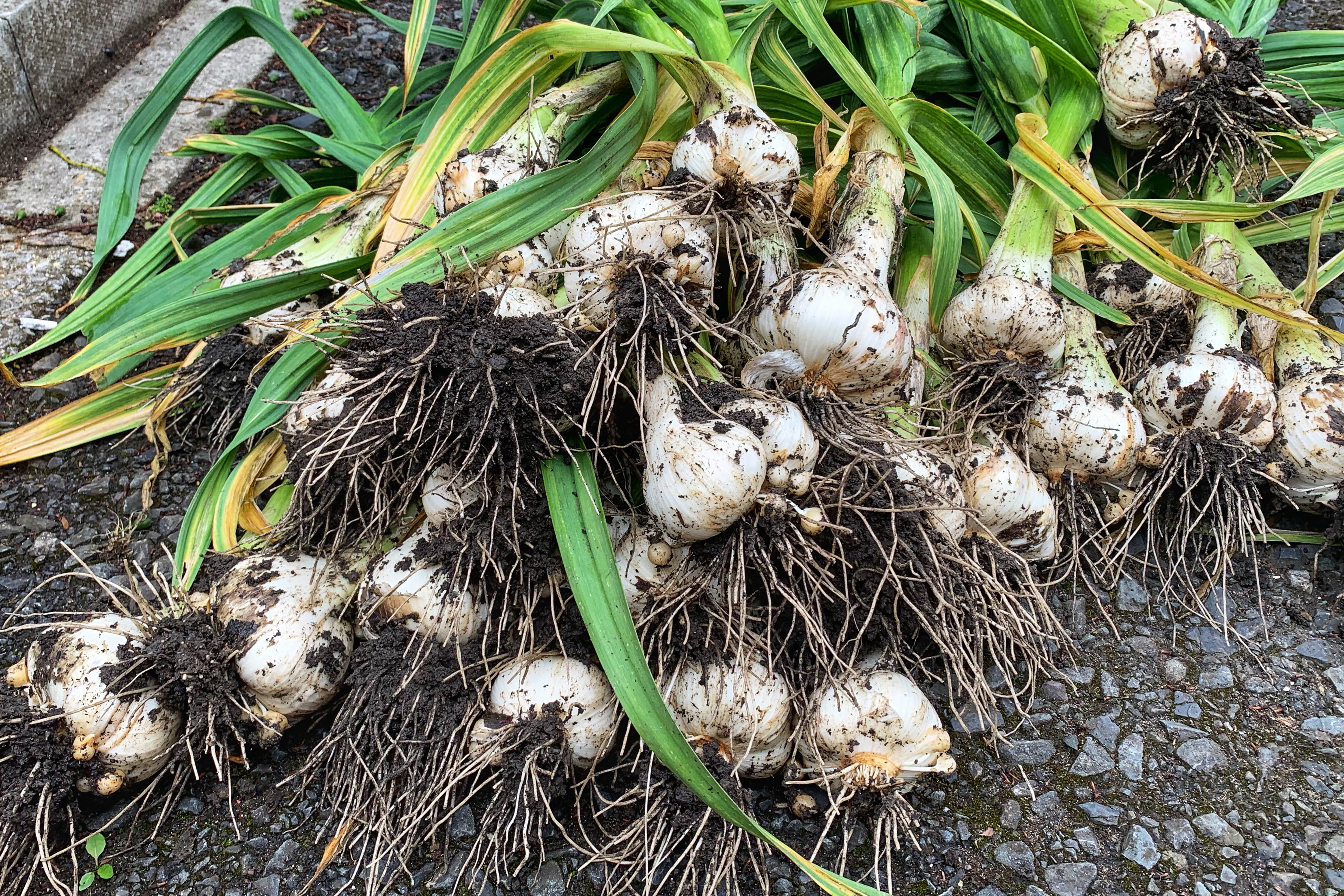
Credit: Getty Images
How to grow garlic: Delicious, lucky and superbly easy to cultivate
Mark Diacono teaches us how to grow garlic.
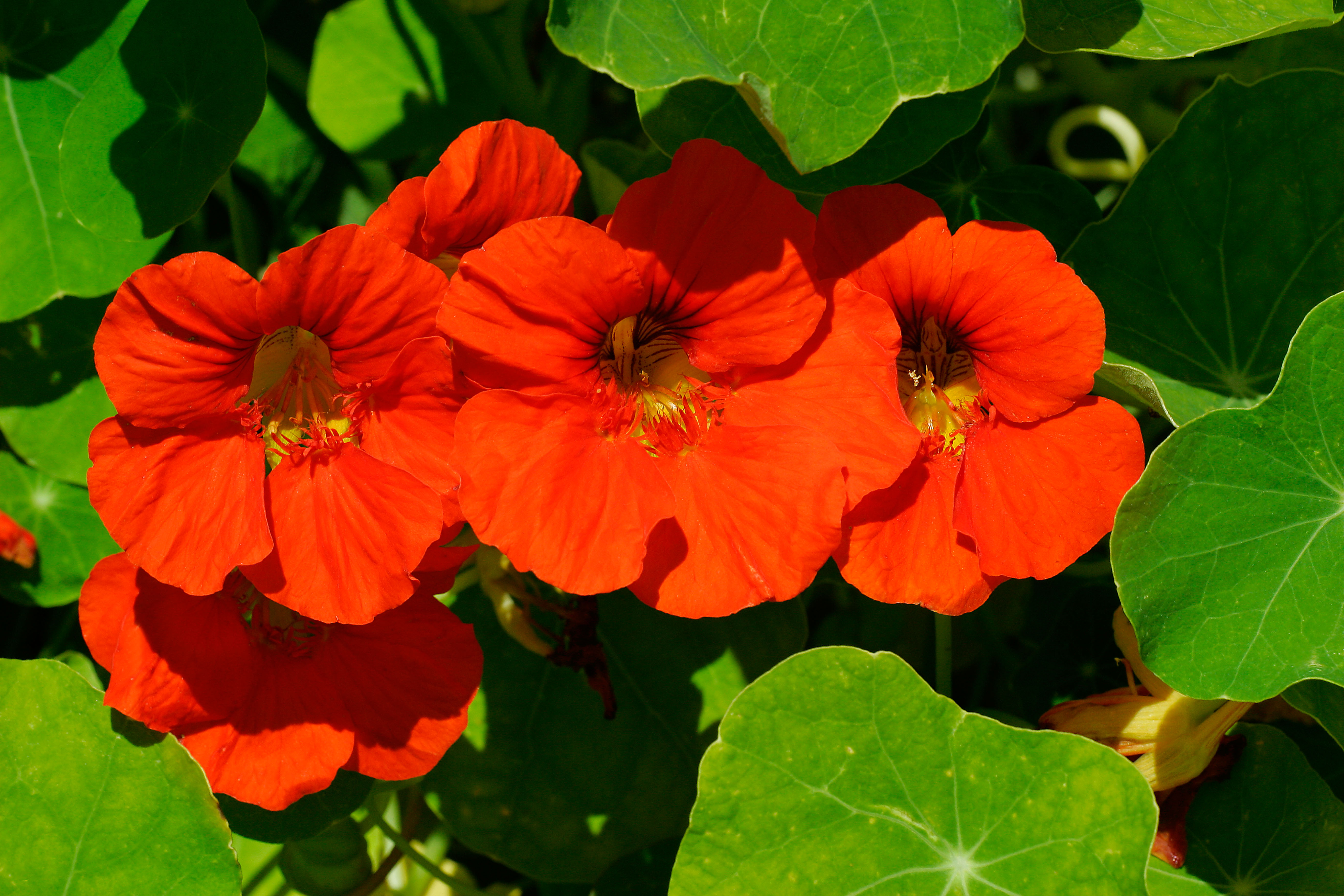
Credit: Alamy
The top salad leaves to grow in your garden for summer garnishes
Mark Diacono tells us his top salads to plant to accompany barbecues this summer season.
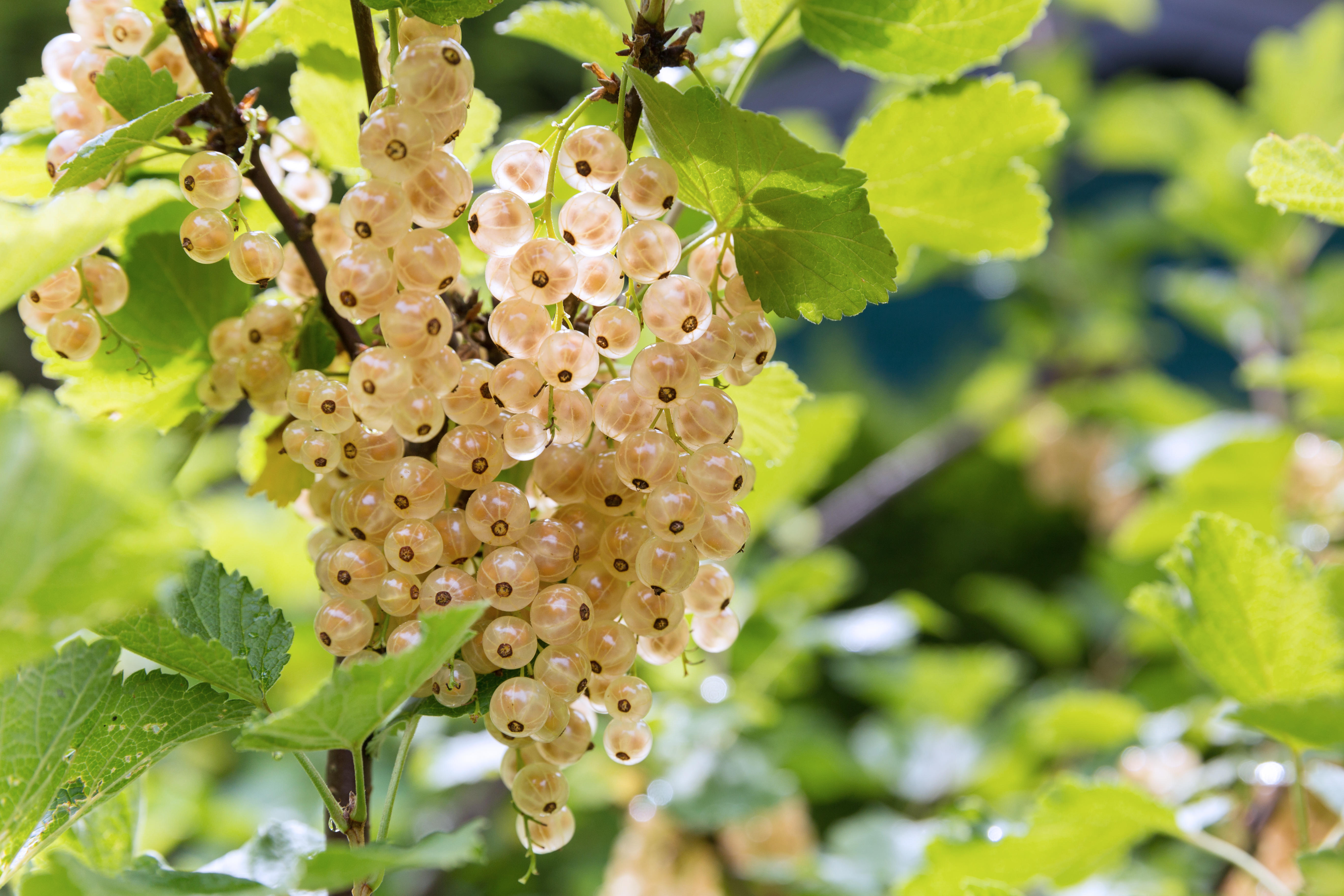
How (and why) to grow your own white currants: 'Scatter them over a knickerbocker glory'’
Mark Diacono shares his top tips on how to plant white and red currants, which varieties to choose — and
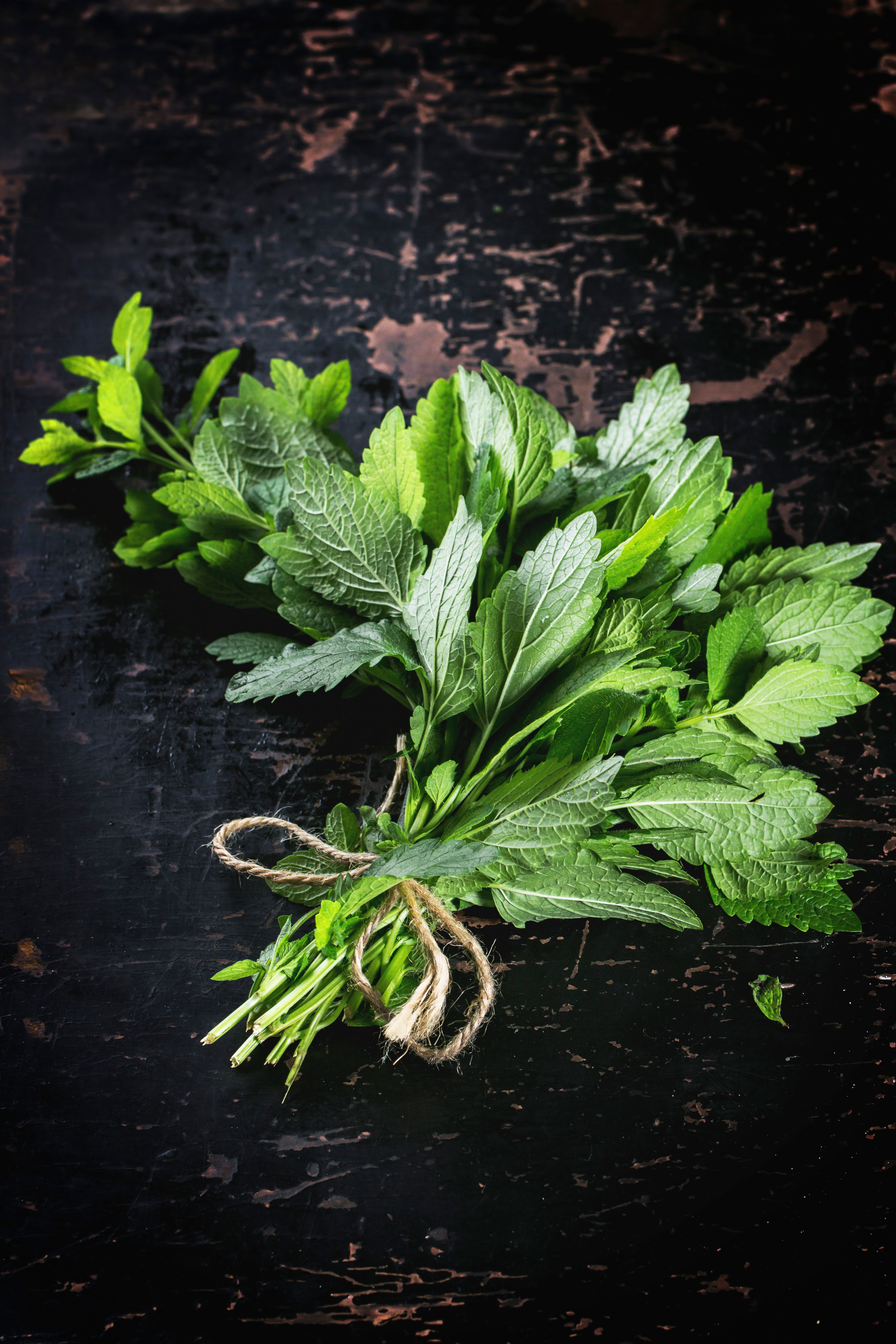
Credit: Alamy
Cultivating mint: What varietals to plant, where to plant them and whether they should be used for jelly or juleps
Mark Diacono explains why mint is for even the incurably incompetent horticultural enthusiast.
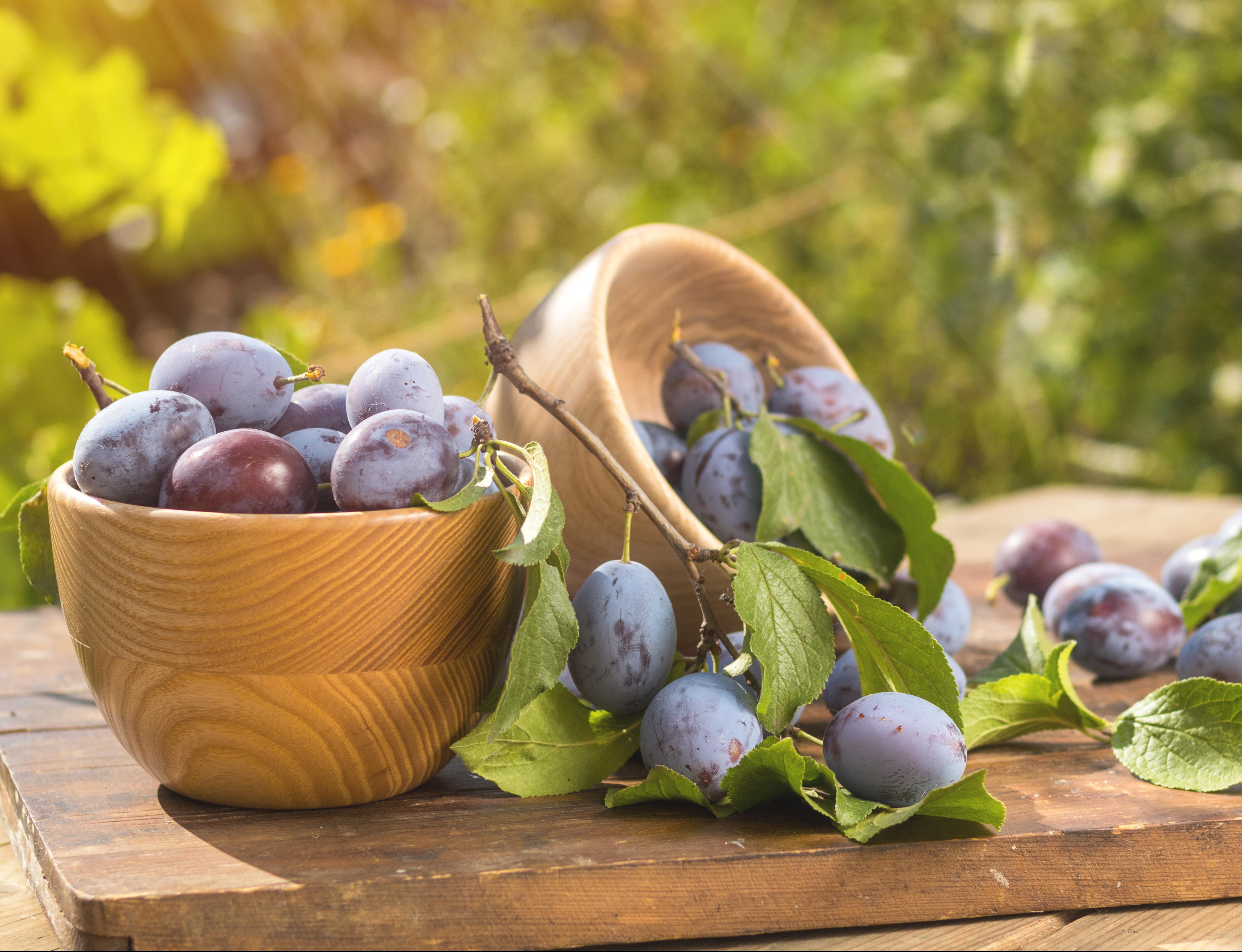
Plums to grow, plums to show, and plums to pop in your gin
Mark Diacono picks his favourite plums — and their close relatives, damsons, mirabelles, bullaces and gages.
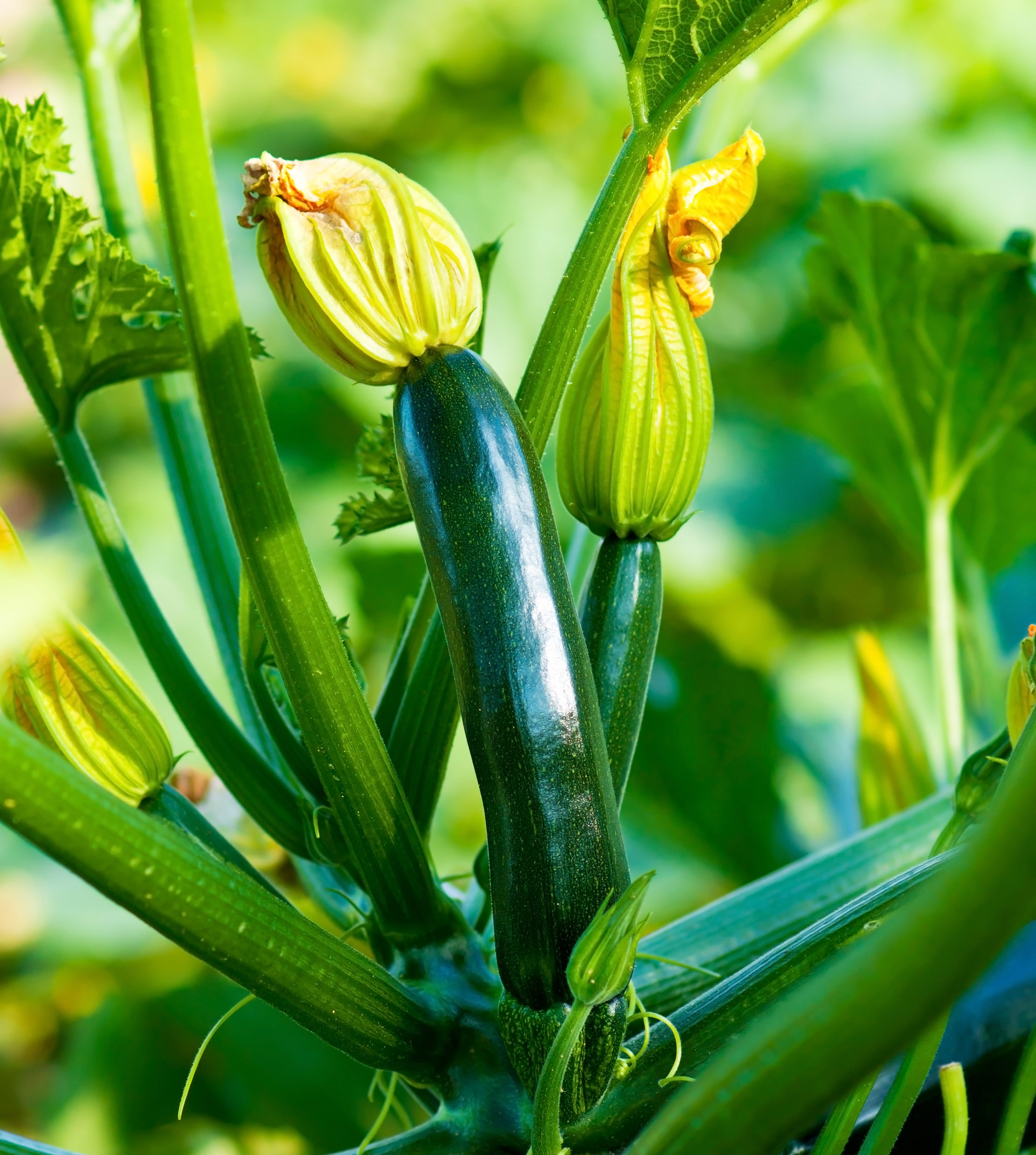
Credit: Getty Images/iStockphoto
Grow your own courgettes: What to plant, when to plant it... and why size really does matter
Mark Diacono shares his tips on the surprisingly simple yet hugely rewarding art of growing courgettes.
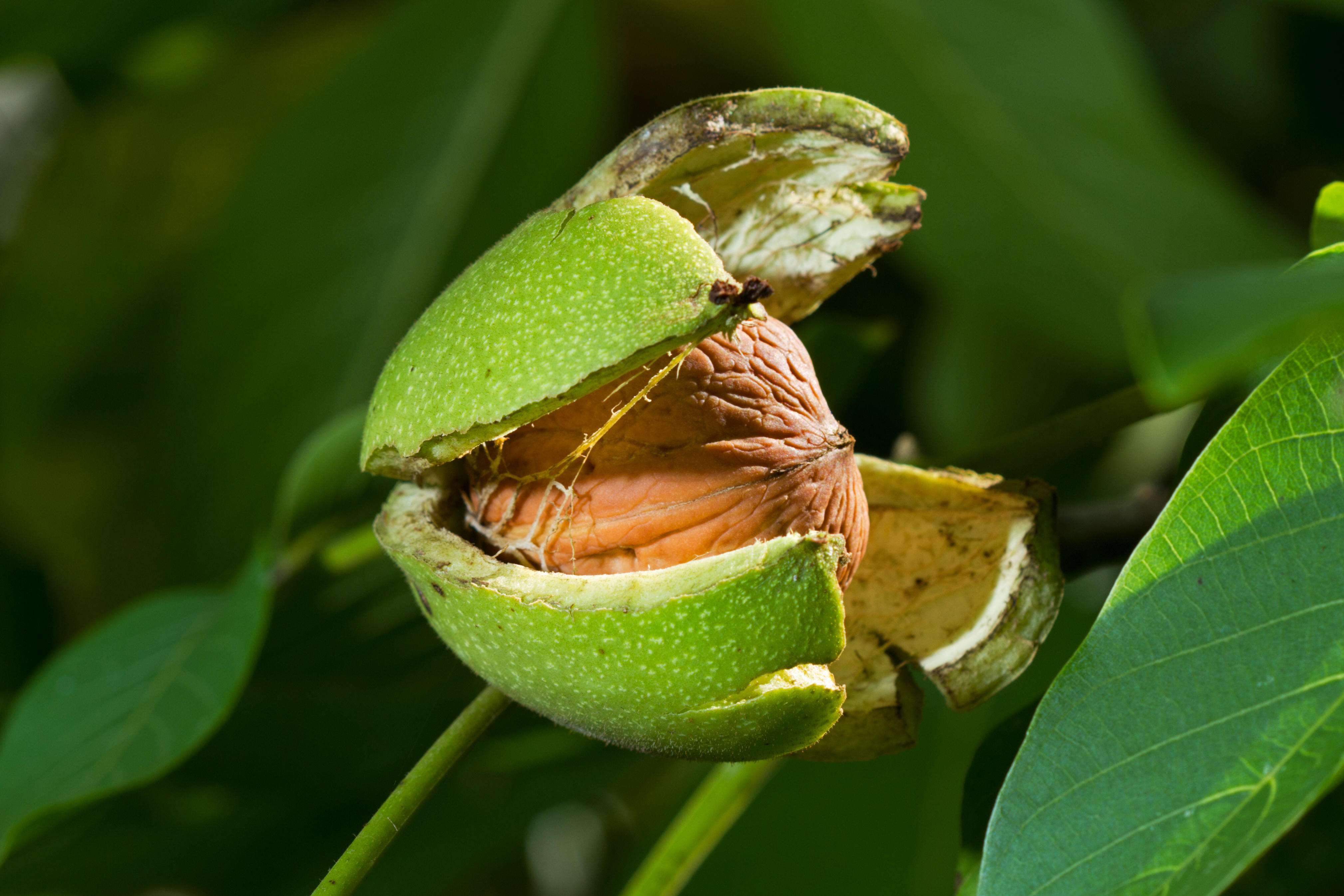
How (and why) to grow walnuts in your garden
From making a delicious aperitif to enjoying the citrusy scent of their leaves, there are plenty of reasons to plant
Mark is lucky enough to spend most of his time eating, growing, writing and talking about food. He has written fourteen award-winning books, including A Year at Otter Farm and A Taste of the Unexpected (both won Food Book of the Year, and Garden Book of the Year). Known for growing everything from Szechuan pepper to pecans to Asian pears, Mark's refreshing approach to growing and eating has done much to inspire a new generation to grow some of what they eat. He was involved in the early days of River Cottage, appearing in the TV series, and writing four River Cottage books. Mark writes to a global audience on his best-selling Substack: Mark Diacono’s Abundance.
-
 Cocker spaniels: The indefatigable dog breed with medieval lineage that stole David Beckham’s heart
Cocker spaniels: The indefatigable dog breed with medieval lineage that stole David Beckham’s heartOnce bred to flush out woodcock, now found in royal estates and Hollywood homes — the Cocker Spaniel’s charm knows no bounds.
-
 20 breathtaking country homes for sale, as seen in Country Life
20 breathtaking country homes for sale, as seen in Country LifeWe take a look at some of the finest houses to come to market via Country Life in the past week.
